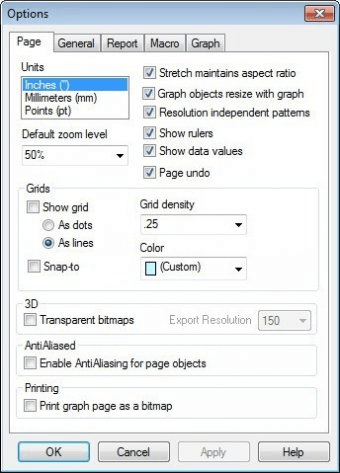

The results of several studies done on the Araneid genus Argiope have offered the support for the prey-attraction hypothesis: A. The stabilimentum decoration on the web of the wasp spider, Argiope bruennichi, actually increased the foraging success, because the web decorations reflected UV light similar to that of UV-reflecting flowers and thus, attracted insect pollinators seeking flower nectar (Kim et al. Recently, the “prey-attraction hypothesis” has suggested that the stabilimentum functions to increase foraging success by attracting more prey to the web (Craig and Bernard 1990, Tso 1998, Watanabe 1999, Kim et al. This is surprising, given that “web-building” spiders’ silk generally has low UV reflectance, presumably to reduce the visibility of the web to insect prey (Blackledge and Wenzel 2000). Stabilimentum is a conspicuous white silk structure that reflects much more ultraviolet light than areas without stabilimentum in the web (Craig and Bernard 1990, Bruce et al. Many orb-web weaving spiders (Araneae: Araneidae, Tetragnathidae, Uloboridae) decorate their webs with species-typical silk structures, so called stabilimentum (Simon 1895, Herberstein et al.

However, the spider’s physical factors that influence its decision about whether to add a silk decoration on a web or not have been poorly understood (Eberhard 1990, Schoener and Spiller 1992, Watanabe 1999, Théry and Casas 2009). have been studied (Eberhard 1990, Foelix 2010). Variables influencing the web structures of the spider such as climate factors, prey abundance, competition with the same and other species, predation, individual variables, etc. Taken together, this study suggests that spiders allocate their resources in stabilimentum decoration as a functional response to the spider's physical conditions, and also supports the "prey-attraction hypothesis," which states that the use of stabilimentum increases the foraging success by attracting more prey to the web. There were also significant positive relationships between the stabilimentum area and the female spider's cephalothorax width, and between the stabilimentum area and female spider's abdomen length. The heavier females decorated their webs with stabilimentum of greater widths. Among the 82 female spiders building their webs, the 49 female spiders adding upper and lower stabilimenta on their web weighed less, and had a narrower cephalothorax and shorter abdomen than the 33 female spiders that did not use stabilimentum. bruennichi affected the behaviors of the stabilimentum decoration on the web. The results revealed that the physical condition of the female A. In this study, individual variables involved in decorating the webs with stabilimenta by A. The physical factors of Argiope bruennichi (Araneae, Araneidae) that influence the stabilimentum decoration on the web, a conspicuous white silk structure reflecting much more ultraviolet light than other spider silks in the web, have been poorly understood.


 0 kommentar(er)
0 kommentar(er)
